
Maybe the default settings are too high
The article explores the idea that many of the default settings in life, such as work hours, material possessions, and social obligations, may be set too high, leading to unnecessary stress and dissatisfaction. It suggests that individuals should re-examine these default settings and make adjustments to better align with their personal values and wellbeing.
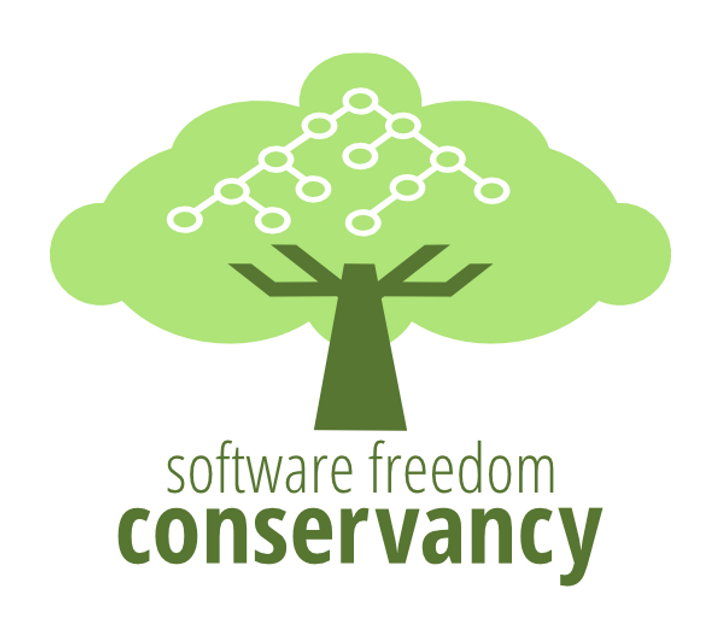
Seven Diabetes Patients Die Due to Undisclosed Bug in Abbott's Glucose Monitors
The article reports that seven patients using the Abbott Freestyle Libre continuous glucose monitoring (CGM) system have died, according to the Software Freedom Conservancy. It calls for further investigation into the potential risks and safety concerns associated with the device.

Google is 'gradually rolling out' option to change your gmail.com address
Google is planning to change Gmail addresses to a new format that will include users' names, making them more personalized and easier to remember. The change aims to provide users with a more recognizable and customized email experience.

MiniMax M2.1: Built for Real-World Complex Tasks, Multi-Language Programming
The article discusses the launch of the Minimax M21, a new ultra-compact, lightweight and energy-efficient electric scooter designed for urban commuters. It highlights the scooter's key features, including its powerful motor, long-range battery, and user-friendly design.
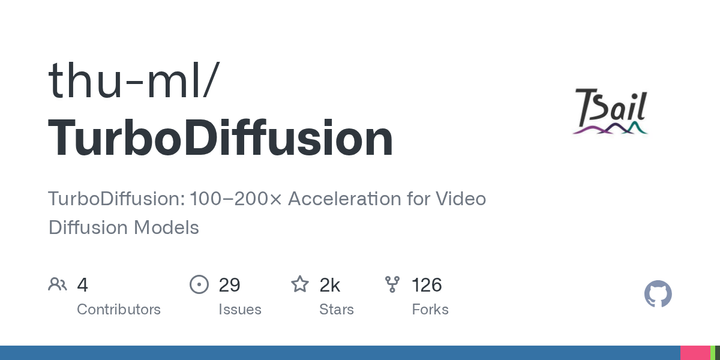
TurboDiffusion: 100–200× Acceleration for Video Diffusion Models
TurboDiffusion is a powerful open-source text-to-image diffusion model that can generate high-quality, diverse images from text prompts. It is built on top of the popular Stable Diffusion model and introduces several key innovations to improve performance and generate more detailed and coherent images.
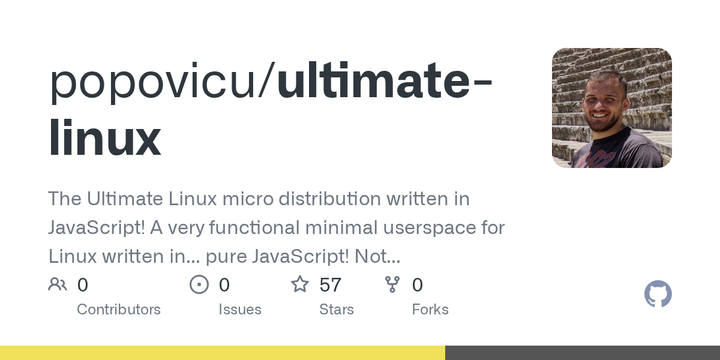
Ultimate-Linux: Userspace for Linux in Pure JavaScript
The 'Ultimate Linux' repository on GitHub provides a comprehensive collection of resources for learning and using the Linux operating system, including tutorials, tools, and community information to help users of all skill levels navigate the Linux ecosystem.
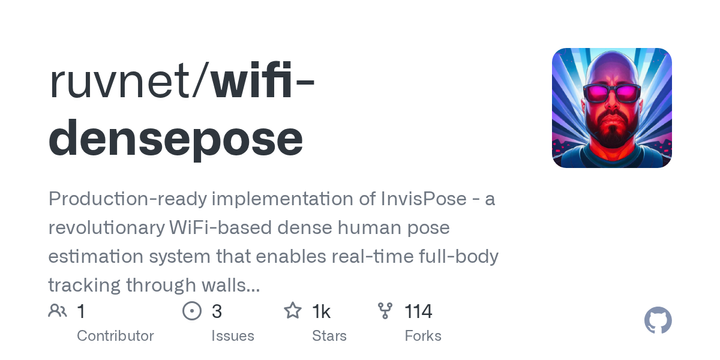
WiFi DensePose: WiFi-based dense human pose estimation system through walls
This article presents a deep learning-based approach for WiFi-based dense pose estimation, which enables accurate and robust human pose tracking using only wireless signals. The proposed method leverages the unique propagation properties of wireless signals to capture detailed body shape and pose information, making it a promising technology for various applications, including human-computer interaction and activity monitoring.

No shares in company, but 550 employees received a $240M gift from their owner
The owner of a company gifted $240 million to 550 employees who stood by the company during tough times, even though the employees did not have any shares in the company.

Building an AI agent inside a 7-year-old Rails monolith
This article introduces the concept of an AI agent, a software system that can perceive its environment, make decisions, and take actions to achieve its goals. It outlines the key components and design considerations for building an AI agent, including sensors, effectors, decision-making algorithms, and knowledge representation.

SQLite AI
SQLite.ai is a free, open-source, and self-contained SQL database engine that is widely used in a variety of applications, including mobile apps, embedded systems, and desktop software, due to its small size, ease of use, and cross-platform compatibility.

Blue-Green Marker Light Standard for Autonomous Vehicles Gets Approved
The article discusses the use of external lighting on autonomous vehicles to communicate their driving mode and intentions to other road users. It explores how this technology could enhance safety and interaction between self-driving cars and pedestrians, cyclists, and other drivers.

What (I think) makes Gemini 3 Flash so good and fast
The article discusses the key features that make the Gemini 3 flash a standout product in the smartphone camera market, including its advanced computational photography capabilities, innovative hardware design, and strong performance in low-light conditions.

Our king, our priest, our feudal lord – how AI is taking us back to dark ages
The article warns that the rapid advancement of artificial intelligence (AI) could potentially lead to a new 'Dark Age' of human civilization, with AI systems becoming increasingly autonomous and opaque, posing risks to democracy, privacy, and human agency.
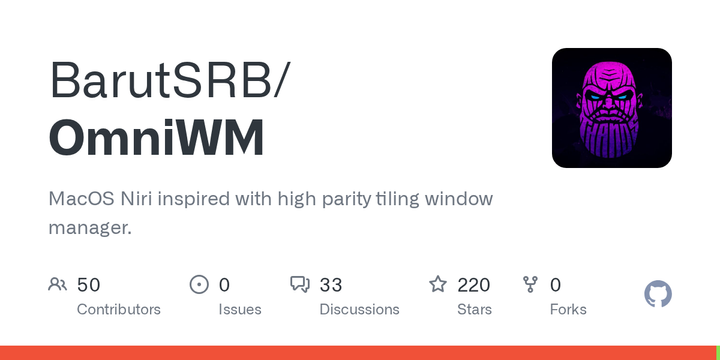
Show HN: OmniWM a macOS tiling window manager Niri inspired
Tabs, spotlight-like window finder, borders, etc... High Niri parity

Human Capital, Not "Industrial Policy," Explains East Asian Success
The article argues that investment in human capital, such as education and training, is more important for economic growth than industrial policy or government intervention. It suggests that policies focused on developing skills and knowledge in the workforce can lead to greater long-term economic benefits than direct support for specific industries.

macOS Terminal – still missing the mark Apple
The article discusses Apple's lack of significant updates to the macOS Terminal app, which has remained relatively unchanged for years, despite the advancements in other macOS applications. The author argues that this oversight by Apple is a missed opportunity to improve the Terminal experience for power users.

OpenAI is reportedly trying to raise $100B at an $830B valuation
OpenAI, the artificial intelligence research company, is reportedly seeking to raise $100 billion at a valuation of $830 billion, making it one of the most valuable private companies in the world if the funding round is successful.

Grifters, Gaslighters and Puff the Magic Dragon
This article examines the rise of internet-based influencers and the phenomenon of 'grifting', where some individuals manipulate their online personas to deceive and exploit their followers for personal gain. It explores the techniques used by these 'grifters' and the impact their actions can have on their audience.

Ruby Turns 30: A Celebration of Code, Community, and Creativity
This article celebrates the 30th anniversary of the Ruby programming language, highlighting its impact on the coding community, its contributions to creativity, and its continued evolution as a versatile and popular language.

A Brief History of Roombas with Fart Spray
The article discusses the development of Roombas equipped with fart spray, a humorous and unexpected combination that aims to prank unsuspecting roommates or family members. It explores the potential practical and comedic applications of this modified home robot.